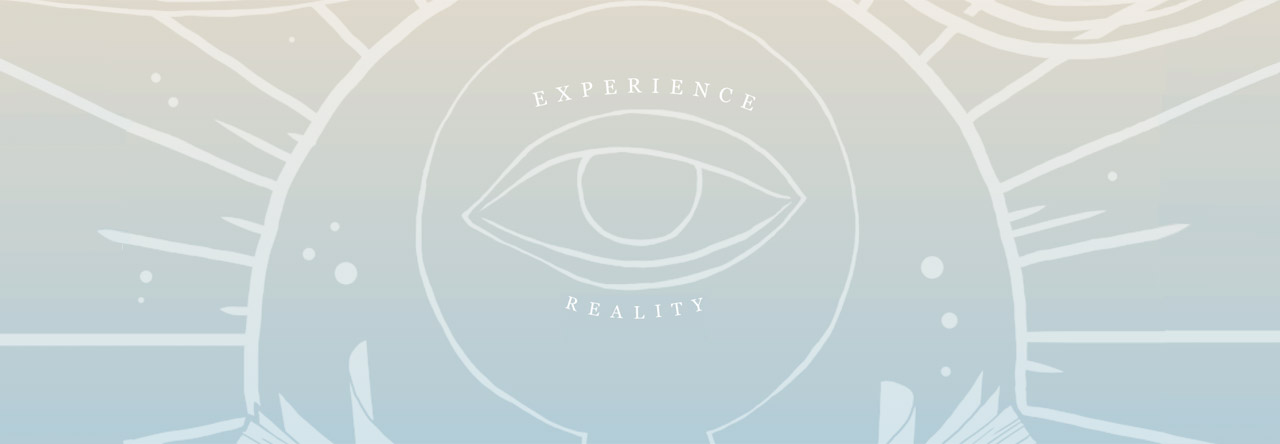The photo section in Lemuria has always been above par for sure. There is a vast array of well known photographers and then some not well known who maybe should be. Recently we have gotten some incredible photography books in and I just have to spread the good word, as it were.
 The first I have to mention is a retrospective of the amazing Michael Kenna’s career. I was first introduced to Michael Kenna by my amazing photography professor Gretchen Haine. Kenna’s photographs are what I would call , environmental portraits. His photos are completely devoid of human or animal life. I’m serious folks these photographs are not what the normal human eye sees. They are stunning and totally simple.
The first I have to mention is a retrospective of the amazing Michael Kenna’s career. I was first introduced to Michael Kenna by my amazing photography professor Gretchen Haine. Kenna’s photographs are what I would call , environmental portraits. His photos are completely devoid of human or animal life. I’m serious folks these photographs are not what the normal human eye sees. They are stunning and totally simple.
 The complexity lies within the frozen moment in time that Kenna has somehow captured just at, what seems to be, the truly magical moment. I had a friend come over to my house a few weeks ago and he is a fellow photographer. I put this book in front of him and as he started to flip through it actual tears began to form in his eyes. Yeah it’s like that.
The complexity lies within the frozen moment in time that Kenna has somehow captured just at, what seems to be, the truly magical moment. I had a friend come over to my house a few weeks ago and he is a fellow photographer. I put this book in front of him and as he started to flip through it actual tears began to form in his eyes. Yeah it’s like that.
Michael Kenna: Images of the Seventh Day (Skira, 2010)
 Book number 2 is a documentary style book by someone I have never heard of before. I just happened upon this book during Christmas when a customer asked about it. Well I looked it up and the computer showed that we indeed have a copy. I went to get it and was completely in love upon seeing the cover of the book.
Book number 2 is a documentary style book by someone I have never heard of before. I just happened upon this book during Christmas when a customer asked about it. Well I looked it up and the computer showed that we indeed have a copy. I went to get it and was completely in love upon seeing the cover of the book.
The Projectionist by Kendall Messick is a photographic record of a year in the life of Messick’s childhood across-the-street neighbor. Gordon Brinckle appeared to be your everyday husband and father. He was the night projectionist at the local movie theater in his hometown of Middletown, Delaware for years.
 However, during all that time he Gordon was constructing a miniature version of the movie palaces of times past. There was no detail that went unnoticed in Brinckle’s “picture palace of renown,” as he referred to it. This book is amazing and beautiful in every way a book can be. It tells an amazing story through rich, intimate photos.
However, during all that time he Gordon was constructing a miniature version of the movie palaces of times past. There was no detail that went unnoticed in Brinckle’s “picture palace of renown,” as he referred to it. This book is amazing and beautiful in every way a book can be. It tells an amazing story through rich, intimate photos.
The Projectionist by Kendall Messick (Princeton Architectural Press, 2010)
 And finally for the third book. This book is a collaboration between the photographer Michael O’Brien with poetry by Tom Waits. I, personally, can get behind anything that has Tom Waits’ name attached to it. Just the cover of his book will suck you in. The photograph of the homeless gentleman on the front is completely haunting.
And finally for the third book. This book is a collaboration between the photographer Michael O’Brien with poetry by Tom Waits. I, personally, can get behind anything that has Tom Waits’ name attached to it. Just the cover of his book will suck you in. The photograph of the homeless gentleman on the front is completely haunting.
Upon opening the book you find that all the photos are of this same intensity and are accompanied by poems from Tom Waits. It’s good stuff. I found a little snippet of a review that could describe the purpose of this book much better than i can:
Waits and O’Brien’s 184-page book, Hard Ground, seeks to create “a portrait of homelessness that impels us to look into the eyes of people who live ‘on the hard ground’ and recognize our common humanity.”
Hard Ground with photos by Michael O’Brien, poetry by Tom Waits (University of Texas Press, 2011)
There are many many more fantastic photography books in this store. I have merely scratched the surface with this blog.
-Ellen







 I couldn’t help but think about Armando Galarraga’s
I couldn’t help but think about Armando Galarraga’s 















